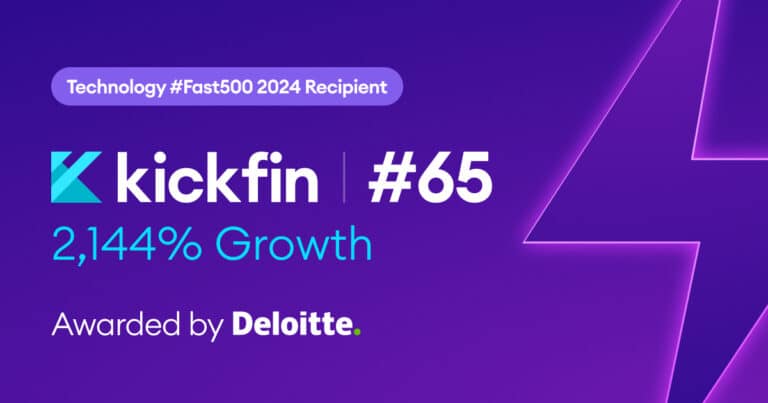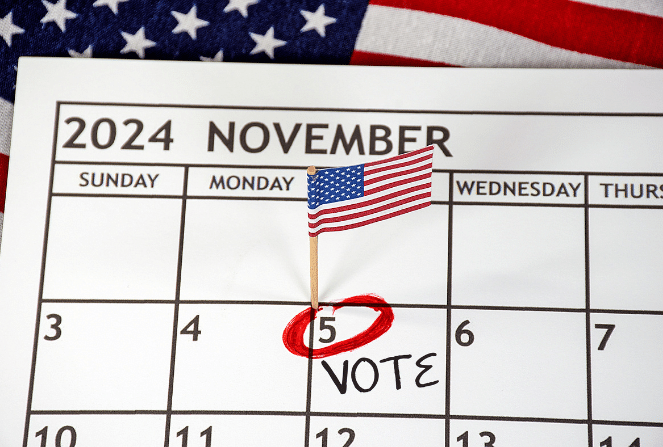For decades, tipping has been the domain of dine-in, full-service restaurants. In fact: tips make up the majority of earnings for front-of-house staff at most FSRs, thanks to the tip credit.
But in a post-Covid world and a tough labor market, more and more quick- and counter-service restaurants are enabling tipping.
The QSR tipping trend has coincided with the proliferation of mobile apps. Panera Bread now asks if you want to add a tip to your order at checkout. At Starbucks, you can select denominations in $0.50, $1.00, or $2.00 increments within the Starbucks for iPhone app. And popular burger chain Sonic rolled out digital tipping to 2,000 locations across the U.S. in November 2021, bringing in $12.2 million in gratuities to their employees.
Here’s why QSRs are enthusiastically embracing tipping, both in-store and through their mobile apps.
1. Stop the “wage wars”
52% of families of front-line fast food workers are enrolled in a public welfare program, and one in five live below the poverty line. With median pay across the U.S. for QSR workers at only $11/hour, and with varying shifts, it’s often not enough for workers to live on. That’s why since 2012, fast food workers have made a concerted push for higher wages in so-called “wage wars,” both through policy changes such as the “Fight for $15,” which successfully raised the minimum wage in New York City and by negotiating directly with restaurants.
But as people in the business know, the realities of running a restaurant make increasing wages complicated. When quick- and counter-service restaurants enable tipping, they can significantly increase the earnings of hourly workers, far beyond what revenue constraints allow.
Take The Human Bean, a national drive-through coffee franchise. When a Georgia-based franchisee enabled tipping and used Kickfin for instant, digital tip payouts, their employees’ take-home pay increased by an average of $4/hour.
2. Get the competitive edge on hiring
QSRs that jump on the tipping bandwagon now have a significant competitive advantage over other employers when it comes to hiring.
The nationwide labor shortage remains one of the most challenging aspects of restaurant management: 78% of restaurant employers told the National Restaurant Association that recruiting and retaining employees was their top challenge in the past year. With more than 1.7 million job openings across the United States in the leisure and hospitality sector, it’s more difficult than ever to find employees.
When a Human Bean franchisee enabled tipping and digital tip payouts with Kickfin, their employees’ take-home pay increased by an average of $4/hour.
Restaurants like McDonald’s, Wendy’s, and Shake Shack are temporarily boosting wages, adding hiring bonuses, and offering other short-term benefits in order to attract more staff. But even those perks aren’t enough: many companies (like Yum Brands, which operates KFC, Taco Bell, and Pizza Hut) have reduced hours and streamlined menu items in order to work around labor shortages.
One of the problems with these tactics is that they can feel gimmicky, and many are intended to be interim solutions. In other words: they don’t signify a positive, permanent shift in a company’s culture or treatment of employees. And of course: they’re expensive for the employer.
Tip enablement, on the other hand, provides an instant benefit to both employees and employers — and because it has no impact on a business’s bottom line, there’s no need to rethink it or roll it back as market conditions change.
That means your staff will see an immediate, sustainable boost in their take-home pay that other restaurants without tip enablement simply can’t offer.
3. Improve employee retention
With so many restaurants offering shiny hiring incentives, it’s no wonder that retaining employees is just as challenging as hiring them. Once those bonuses and other benefits run out, there’s another exciting benefit on the horizon for an employee to hop to the restaurant across the street.
And that adds up. According to research firm TDn2K, turnover costs restaurants more than $1,800 for general employees — and up to $8,000 per manager.
Introducing tipping gives your team a reason to stay that doesn’t collapse within 90 days. Making your employees eligible for tips allows them to earn more over time, so they’ll stick with your restaurant rather than be tempted elsewhere.
4. Incentivize good performance
The biggest difference between an hourly wage and working for tips? Your employees now have a financial incentive to deliver a better performance. At Dickey’s Barbecue, part of the Harder Restaurant Group in Ohio, adding Kickfin didn’t just help with employee hiring and turnover. It created a shift change in how their employees performed.
“With Kickfin, our employees understand the importance of customer service more than ever. They see money separate from their paycheck, and it hits their account immediately. It puts an extra pep in their step.” – Brett Jackson, COO Harder Restaurant Group
Adding easy cashless tipping with Kickfin helped immediately illustrate to the team exactly how better service correlated to more cash in their pockets. In other words: when tips are on the table, quality of service improves, which increases customer satisfaction and loyalty — all of which benefits your business.
"With Kickfin, our employees understand the importance of customer service more than ever. They see money separate from their paycheck, and it hits their account immediately. It puts an extra pep in their step." - Brett Jackson, Dickey's Barbecue Pit
5. Technology-enabled instant payouts make it easy
Increasing take-home pay through tip enablement represents a major opportunity for QSR employers. But it’s not just how much your people are earning that matters; now more than ever, employees want instant, unfettered access to their earnings.
That’s especially true for quick-and-counter service workers who are living paycheck-to-paycheck; waiting days or weeks for their earnings can be extremely challenging. According to a recent PYMNTS.com survey, 83% of workers want access to earnings after every shift, and 80% prefer those funds get automatically streamed to their bank accounts.
With Kickfin, employers can enable tips and distribute them in real-time — directly to their employees’ existing card or bank account, immediately after every single shift (no cash required). That’s a huge win for employees who are concerned about their financial wellbeing.
And for employers, the benefits of real-time, cashless tip payouts are clear. Digitizing tip payouts means you can give your people immediate access to their earnings, without worrying about bank runs or divvying up cash at the end of a shift — or making your employees wait for a paycheck. Kickfin makes tip distribution safe, seamless (and trackable!), whether you’re enabling tipping through your mobile app, your POS, or both.
Want to learn more about tipping at quick service restaurants?
Thousands of QSRs across the country are standing up their own tipping programs. Schedule a free demo with Kickfin to see how you can reap the benefits of a tip-friendly culture by distributing instant, cashless tip payments directly to your employees’ accounts. See Kickfin in action!




